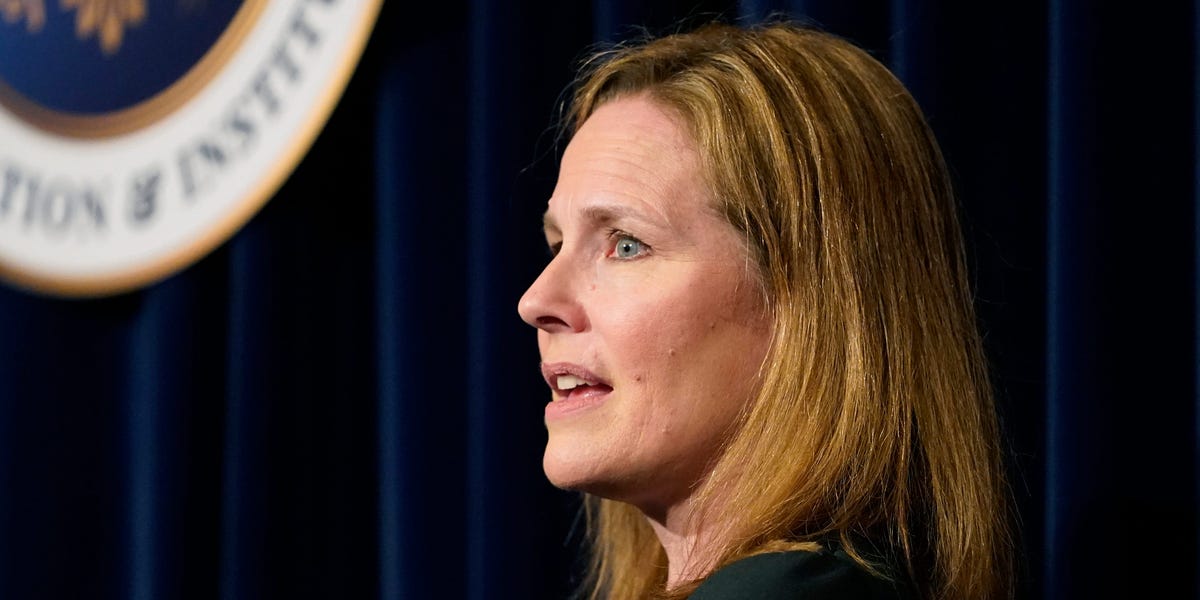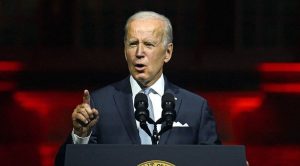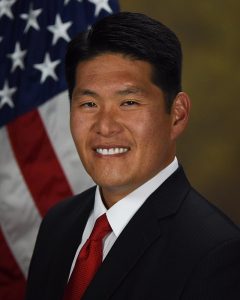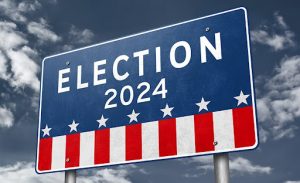Supreme Court Justice Amy Coney Barrett on Thursday declined to hear an appeal from a Wisconsin taxpayers’ organisation that sought to overturn the Biden administration’s student loan forgiveness policy.
Although there are other appeals pending before the supreme court, the order is currently a victory for President Joe Biden.
Cancellations of student loans worth up to $20,000 per qualified borrower may start on Sunday.
Also read: Student loan forgiveness debt relief: Who is eligible?
Because previous courts had determined that the group, the Brown County Taxpayers Association, had “standing” to file the challenge, the appeal in question was seen as having a difficult road ahead of it. Taxpayers often don’t have a universal right to sue the government over how it spends their money.
Due to her jurisdiction over the lower court that made the decision, Barrett took action alone. She declined to bring the case before the entire court. Her denial was listed on the court’s docket as a single phrase.
Also read: Joe Biden declares student loan forgiveness applications website open
A federal district court judge on Thursday dismissed a different lawsuit filed by six Republican-led states for the same reason—the plaintiffs lacked the authority to contest the ruling.
The plaintiffs in that action had urged the federal judge to halt the cancellation of student loans until the case received a final decision.
The states are anticipated to file an appeal right away. As a result, the case would be sent to the 8th Circuit Court of Appeals, where it would probably encounter a group of conservative judges.
Also read: How to apply for Biden-Harris’ student loan debt relief?
Additionally, conservative organisations including the Job Creators Network Foundation and the Cato Institute as well as Arizona Attorney General Mark Brnovich are suing the Biden administration.
The Biden administration is accused of lacking the legal ability to broadly forgive student loan debt in several of the court challenges.
Government attorneys contend that the HEROES Act of 2003, passed by Congress, granted the secretary of education the authority to erase the debt.
Also read: Student loan forgiveness debt relief: All you need to know
Before federal student loan payments start in January following a nearly three-year hiatus due to the pandemic, Biden’s student loan forgiveness initiative, which was first unveiled in August, intends to provide debt relief to millions of borrowers.
The application was launched on Monday, but according to court filings, the Biden administration has agreed to delay any debt cancellation until October 23. Most qualified borrowers are anticipated to receive debt relief within weeks once processing starts.
Also read: Education Department launches beta website for US student loan debt relief
According to Biden’s proposal, up to $10,000 of qualified borrowers’ federal student loan debt will be erased if they made less than $125,000 in either 2020 or 2021, or $250,000 in those years if they were married or the head of a household.
A borrower is qualified for up to $20,000 in debt forgiveness if they also obtained a federal Pell grant while attending college.






